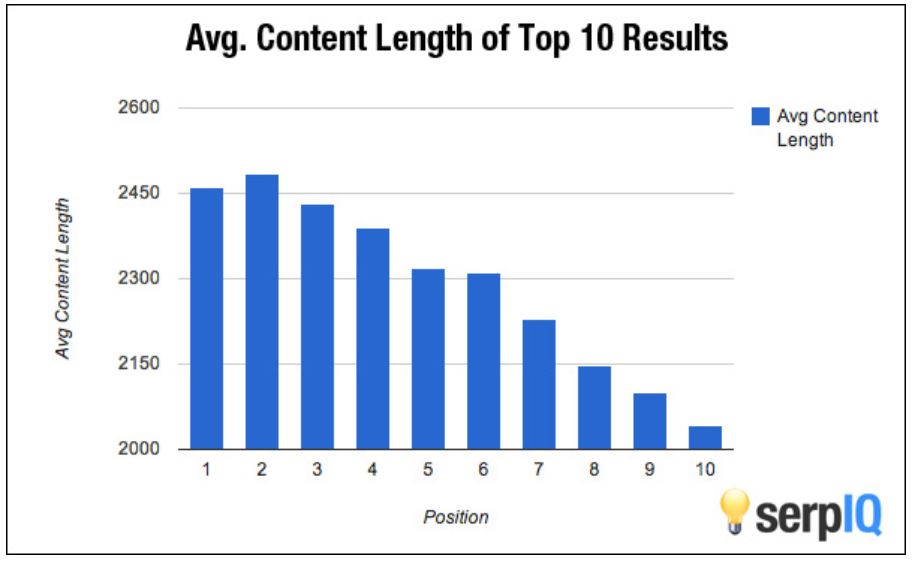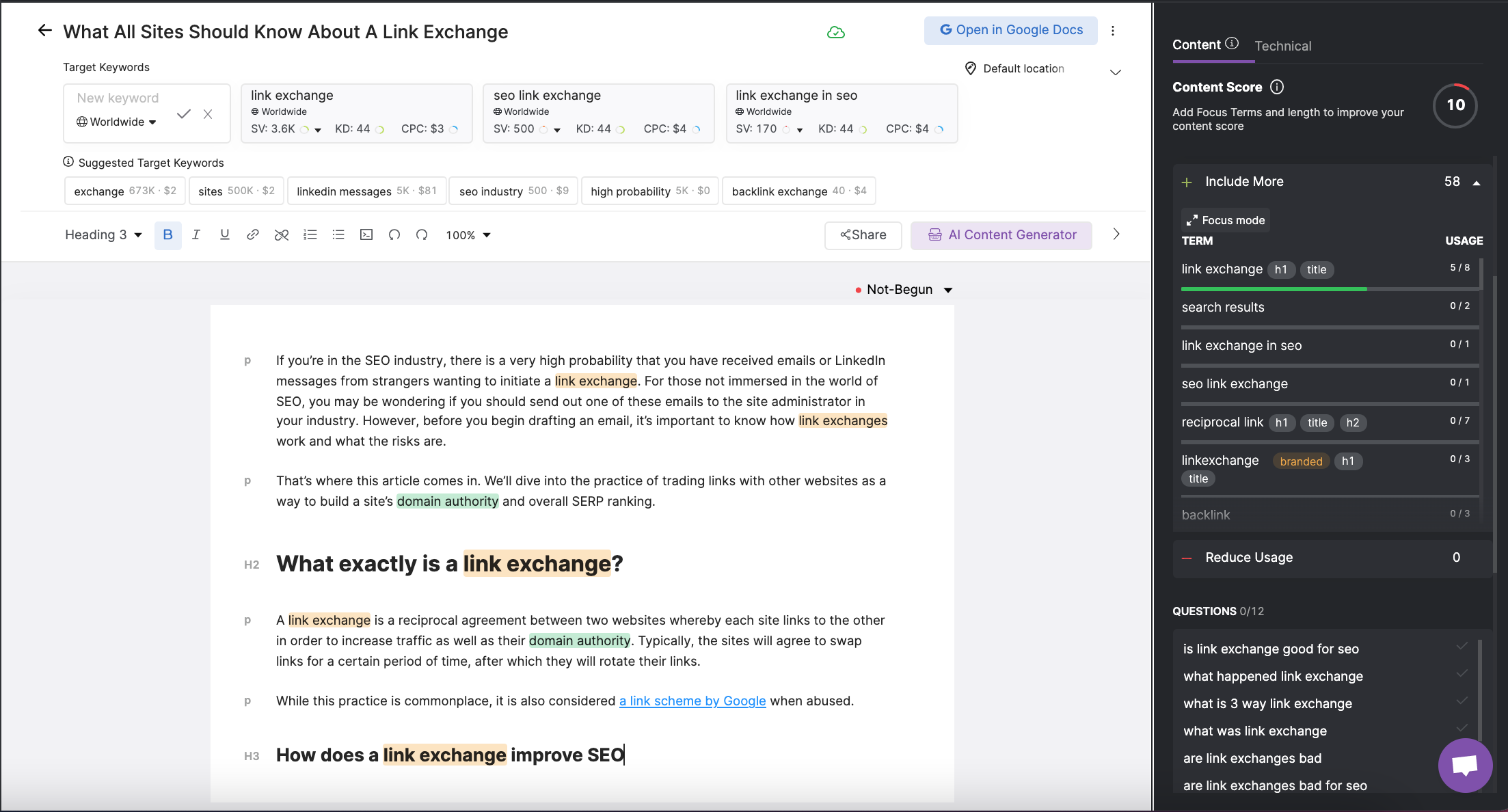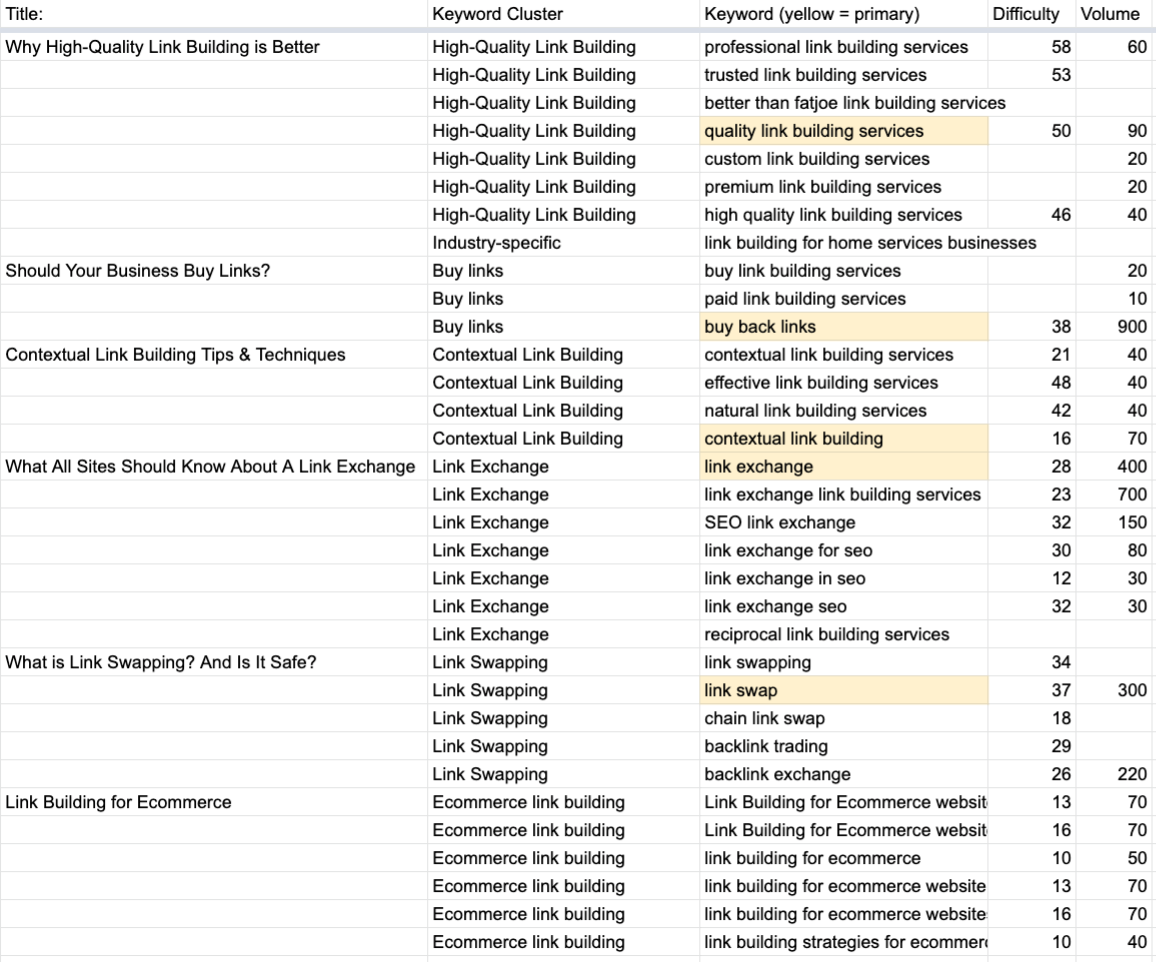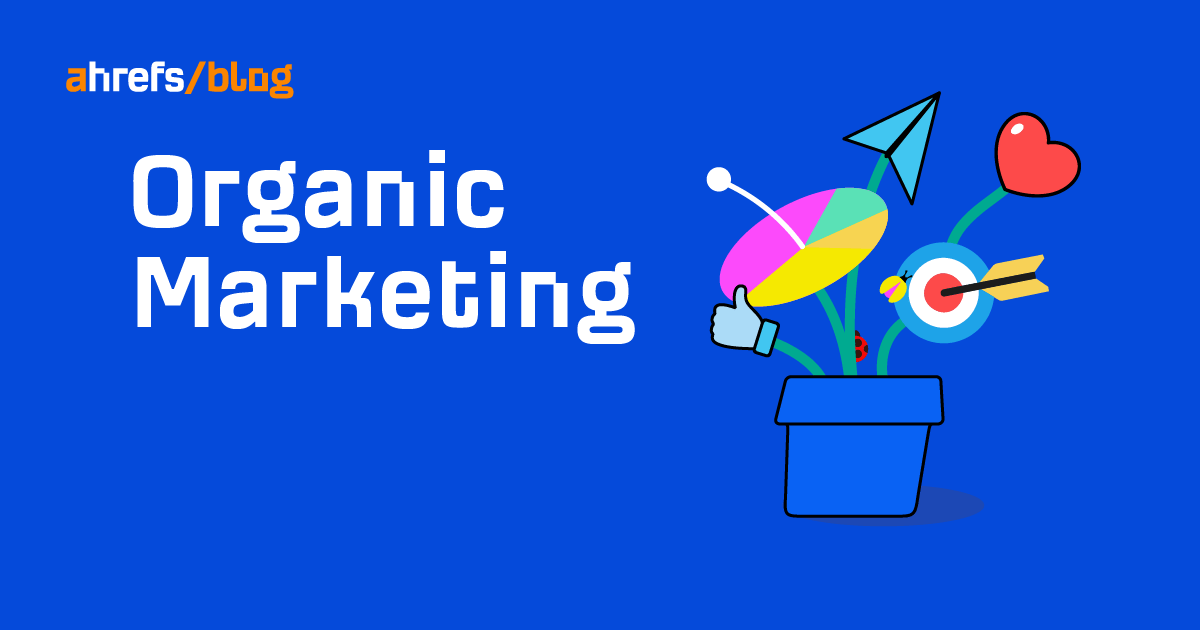7 Ways To Use Semantic SEO For Higher Rankings via @sejournal, @madmanick
Use these semantic SEO strategies to make the relevance and meaning of your content unambiguously clear to Google and searchers alike. The post 7 Ways To Use Semantic SEO For Higher Rankings appeared first on Search Engine Journal.

Over the years, search engines like Google have utilized semantic analysis to more deeply understand human language and provide users with more relevant search results.
For this reason, a single-keyword approach to SEO is no longer sufficient.
Instead, semantic SEO considers the deep learning and natural language processing algorithms that Google relies on.
Site owners who utilize semantic SEO strategies are more likely to build topical authority in their industry.
They can also more easily outperform competitors for important keywords in their niche.
What Is Semantic SEO?
Semantic SEO is the process of building more meaning and topical depth into web content.
By doing so, you help Google crawlers better understand your content.
You also help them see it as high-quality and thus promote it more often in the SERPs.
Semantic SEO And Google
In the early days of SEO, Google’s ranking algorithm was far less advanced.
Crawlers simply looked for specific keywords on a page to understand meaning and relevance.
But we all know that there is a lot more that goes into understanding human language than simply the words we use.
Context, facial expressions, tone, and the paragraphs before and after our words, all impact their meaning.
This is why Google has strived to take a more human-like and semantic approach to understand and rank web content.
Some of the biggest turning points in this effort include:
Knowledge Graph: A large, sophisticated knowledge base used by Google that helps crawlers understand the relationships between particular entities and concepts. Hummingbird: A 2013 algorithm update that helps Google better understand the meaning and context behind queries, decreasing the emphasis on singular keywords. RankBrain: A 2015 machine learning algorithm that helps Google better interpret search intent and thus provide users with more relevant search results.With these advancements, Google can look at a piece of content and understand not only the topic it covers, but the related subtopics, terms, and entities and how all of those various concepts interrelate.
How Semantic SEO Improves The Search Experience
Why so much emphasis on semantic SEO?
Well, Google is always trying to make search better for users.
The reality is, searchers aren’t necessarily just looking for one specific answer when using Google; they are often trying to understand a given topic with more depth.
For example, say a user types in the keyword phrase “what are backlinks“?
Most likely, they will have additional questions that arise after finding their answer, such as:
How do I get backlinks? Where can I get backlinks? How many backlinks do I need? Can I buy backlinks? What’s the difference between white hat and black hat links? And others!In terms of the search experience, it’s far better for the user to find a single piece of content that answers all of those related questions rather than separate pieces of content for each individual question.
Overall, semantic SEO improves the experience of search for users.
It allows them to get more in-depth information without having to repeatedly return back to the search bar.
Benefits Of Semantic SEO
Although semantic SEO strategies require more time and effort on the part of content teams, the benefits are significant.
More keyword rankings in organic search. Improved content quality signals in the eyes of Google crawlers. Stronger brand authority and expertise in the eyes of searchers. Helping Google see your brand as its own entity with expertise in core topics. Passage Ranking or People Also Ask features. More opportunities for internal linking. Keeping users on your website for longer instead of returning to search.By creating semantically- and topically-rich content, site owners can see significant improvements in their overall SEO performance.
7 Semantic SEO Strategies For Higher Rankings
Semantic SEO encompasses multiple strategies that you may have already heard about or incorporated into your SEO campaigns.
Combined together, they are all centered on improving topical depth and better conveying the meaning of web content.
1. Optimize For Keyword Clusters
Because Google isn’t reliant on just one keyword per page, your content team should be optimizing your web pages for multiple keywords in the same semantic cluster.
Keyword clusters are groups of similar keywords that share semantic relevance.
By optimizing for these keyword groupings, you can improve the total number of keywords your content ranks for and build more meaning into your content.
Here is an example of what keyword clustering looks like in content strategy:
 Screenshot from Google Spreadsheets, February 2022
Screenshot from Google Spreadsheets, February 2022
The reality is, Google already ranks our landing pages for multiple keywords anyway.
Keyword clustering is all about leveraging Google’s strong semantic capabilities to improve the total number of keywords our content ranks for.
That means more opportunities for organic clicks.
2. Improve Topical Depth And Length Of Content
The most simple semantic SEO strategy is to increase the length of your web content by offering a more comprehensive exploration of your topic.
Although content length is not an official ranking factor, longer content is more likely to display stronger semantic signals.
Also, several studies have shown the strong correlation between longer content and higher-ranking positions.
 Image from sweor.com, February 2022
Image from sweor.com, February 2022
Instead, the best way to increase the length of your web content is to be more specific, nuanced, and in-depth with the information you’re providing users about the primary topic.
3. Include Synonyms & Related Terms
With Google’s improved algorithms and NLP models, there is no need for users to stuff their content full of their keyword target in order to rank.
Thanks to semantic analysis, Google is smart enough to understand synonyms and related terms.
They’re not a ranking factor, yet adding these terms to the content via page titles, meta descriptions, h1-h6s, and image alt text can improve topical depth and semantic signals, while also making the content more readable and nuanced for searchers.
4. Answer People Also Ask Questions
Another way to improve the semantic depth of your content is to answer the common questions that users are asking in relation to your primary keyword.
 Screenshot from Google, February 2022
Screenshot from Google, February 2022
According to a recent study of 2.5 million search queries, Google’s “People also ask” feature now shows up for 48.4% of all search queries, and often above position 1.
By answering those questions in your web page content, not only do you improve your semantic signals, you also give your page the opportunity to rank at the top of the SERPs.
Web pages can show up for PAA questions even if their blue link result appears on page 2!
5. Add Structured Data
Although not often thought of as a semantic SEO strategy, structured data is all about directly conveying the meaning of content to Google crawlers.
Structured data makes clear the function, object, or description of the content.
For example, when you use the products schema on a product page, you immediately convey to Google a variety of important details.
That includes information like type, dimensions, color, size, etc.
Paired with other semantically relevant or topically rich content on your web page, the purpose and meaning of your web content is unambiguously clear to search engines.
6. Use Content Optimizer Tools
Content optimizer tools do the hard work of identifying all of the semantically-related terms for you.
They essentially provide the “cheat codes,” to improve topical depth.
 Screenshot from SearchAtlas, February 2022
Screenshot from SearchAtlas, February 2022
An SEO content writer could certainly investigate the content ranking on the first page to identify the important terms.
But content optimization software does the same work in a matter of seconds.
By adding those terms, topics, or questions onto the page, you improve topical depth and thus practice semantic SEO.
7. Build Out Topic Clusters On Your Website
Unlike keyword clusters, topic clusters are focused on more than just a single piece of content.
Topic clusters are groups of content pieces that are centered around a central topic.
For example, the keyword cluster pictured in strategy #1 is a part of a larger topic cluster focused on link building.
The various articles (each targeting their own keyword cluster) all link back to a primary “pillar page,” that is focused on the larger topic of link building.
 Screenshot from Google Spreadsheets, February 2022
Screenshot from Google Spreadsheets, February 2022
The goal of these topic clusters is threefold:
First, improve semantic SEO signals and meaning. Second, improve the total number of keyword rankings. And third, establish this website as an authority in “link building.”The number of topic clusters on your website will depend on the products or services your brand offers.
Final Thoughts On Semantic SEO
Again, semantic SEO encompasses a variety of strategies and concepts, but it all centers on meaning, language, and search intent.
SEO experts can leverage semantic SEO strategies to highlight the semantic signals that Google algorithms are trained to identify.
By doing so, Google will not only associate your website with a few keywords but several larger topics – and the thousands of keywords and search queries that are related to them.
More images:
Semantic Search: What It Is & Why It Matters for SEO Today What Is Latent Semantic Indexing and Why It Doesn’t Matter for SEO The Complete Guide to On-Page SEOFeatured Image: pogonici/Shutterstock

 Konoly
Konoly 










![Get Content Crawled & Ranked Faster: 5 Tips From An SEO Expert [Webinar] via @sejournal, @hethr_campbell](https://cdn.searchenginejournal.com/wp-content/uploads/2022/05/featured-14-6272989dd616b-sej.jpg)
![A Complex Art: Marketing to the Different Funnel Stages [Podcast]](https://cdn.searchenginejournal.com/wp-content/uploads/2021/03/funnel-sej-603d692871529.png)



















